
当前展览“重新聚焦媒介:东亚录像艺术的兴起” 共计展出25件作品。“作品介绍”系列将在展期内,以导览路线为序依次为大家推送每一件作品的介绍。展览首次汇集来自日本、韩国和中国,开创了录像艺术实验之先河的重量级艺术家,旨在重新审视艺术家在东亚录像艺术兴起之时对于这一媒介的处理方式,并以期为跨国性当代艺术媒介的录像艺术在全球范围内的历史梳理做出贡献。
白南准
1932-2006
No.1
电视佛
TV Buddha
1974(2002)
闭路电视录像装置
(石佛像、阴极射线管显示器、监控摄像头)
CCTV video installation (limestone Buddha statue, CRT monitor, video camera)
实时画面(彩色,无声)
Live feed transmission (color, silent)
作品由白南准艺术中心(龙仁,韩国)及白南准遗产管理委员会(纽约,美国)提供
Courtesy of Nam June Paik Art Center (Yongin, Korea) and Nam June Paik Estate (New York, USA)
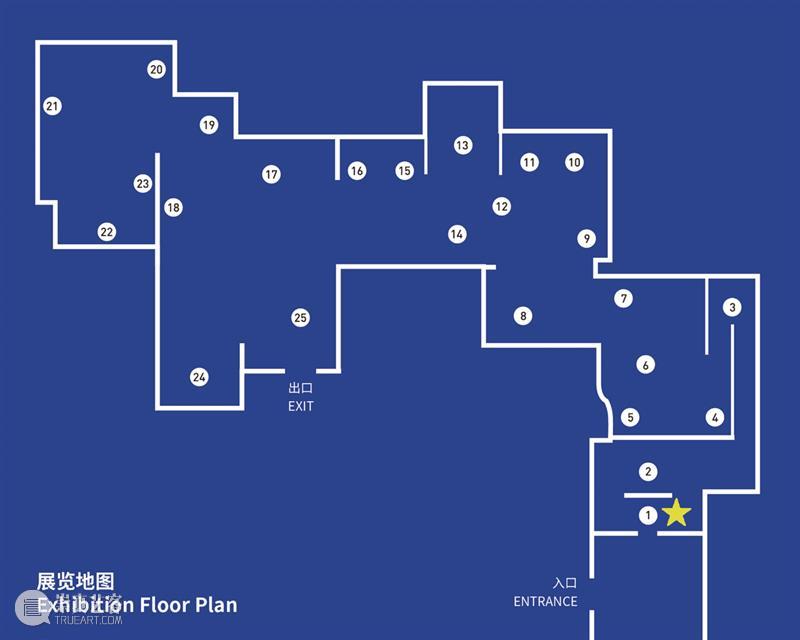
星标为《电视佛》在本次展览现场所处位置
The star refers to the location of TV Buddha in this exhibition.
在《电视佛》1974(2002)中,安装在监视屏后侧的闭路电视摄像机对准一尊佛像,并将捕捉的画面实时投影到监视屏上。这尊佛像凝视着屏幕上的自己。在保留相同结构的基础上,白南准通过改变佛像及监视屏的尺寸、形状和设置,制作了多个版本的《电视佛》。白南准艺术中心所收藏的版本,包含一尊坐立的石像和一个放置在白色基座上的14英寸监视屏。这件作品体现了一系列探索性的主题:佛陀,作为真理追求者的宗教领袖和东方智慧的象征者,与看电视这一现代文明和大众传媒的象征,这两者之间的对比;并用电子手段诠释了希腊神话中自恋情结和禅宗的冥想修行。在物体及其实时图像的无限反馈循环中,白南准探索了电视机对现实与再现、输入时间与输出时间之间关系的调节能力,这些关系看似同步,实则存有微妙的差异。自80年代以来,白南准实施了一系列全球性的艺术项目,包括《早安,奥威尔先生》(Good Morning Mr. Orwell),利用卫星电视技术打破了前卫艺术与大众文化之间的隔阂。
A closed circuit television camera installed behind the monitor captures the statue, and its image is projected on the television screen in real time. The Buddha sculpture stares at its own image on the screen. Retaining the same structure, Paik made multiple versions of TV Buddha, using different sizes, shapes and settings of statues and monitors. The collection of Nam June Paik Art Center has a seated stone statue and a 14-inch monitor placed on a white pedestal. This work embodies a series of exploratory themes: the contrast between Buddha, a religious truth-seeker and a symbol of Eastern wisdom, watches television, a symbol of modern civilization and mass media; and also the electronic reinterpretation of Greek mythological narcissism and Zen Buddhist meditation. In the permanent feedback loop of an object and its real-time image, Paik investigated the capacity of television mediating the relationships between reality and representation, and between input time and output time which seem to be simultaneous but are in fact delicately discrepant. His incessant exploration about music and the body was also a key factor in constructing a distinct territory of his art. From the 1980s Paik realized a series of global projects, such as Good Morning Mr. Orwell, to tear down barriers between avantgarde art and popular culture by satellite TV technology.
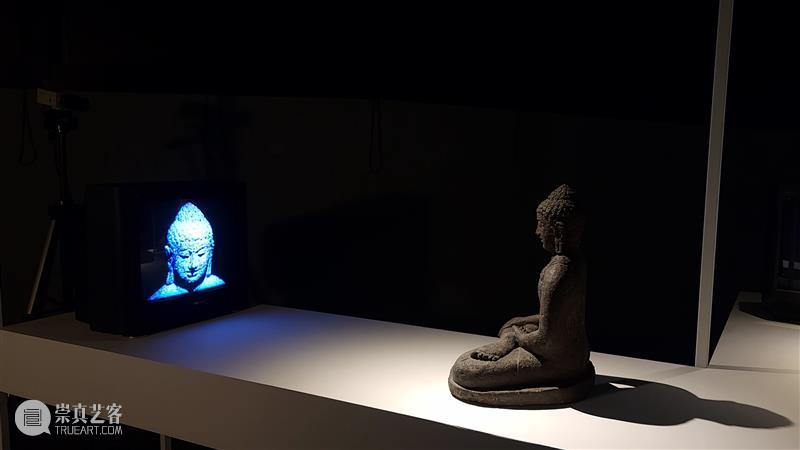
白南准,《电视佛》,1974(2002),闭路电视录像装置。该图为白南准艺术中心的“白南准——录像波”展览现场(2020),图片由白南准艺术中心提供,图片版权归白南准遗产管理委员会所有。
Nam June Paik, TV Buddha, 1974 (2002), CCTV video installation. Installation view of Nam June Paik Art Center's current exhibition Nam June Paik TV Wave (2020), image courtesy of Nam June Paik Art Center ©Nam June Paik Estate.
通过与韩国白南准艺术中心的合作,本次展览将通过互联网直播的形式接入正于白南准艺术中心的展览“白南准——录像波”(Nam June Paik – Video Wave)中展出的白南准最具代表性的录像装置作品《电视佛》[1974(2002)]。在展览的语境下,这一投影颇具挑衅姿态地质疑了录像媒介的——现场性;对时间和空间的扭变;幻象、现实和真实体验之间的紧张关系;同时颠覆着这一媒介的观念策略;并连接起本地和全球期待的动态网络。这第一次的相遇,重新确立了与白南准对录像媒介的反思之间的联系,并通过《电视佛》的“静止的现场性”,为我们重新关注与思考录像这一媒介,提供了一个命题、一种态度和一些问题。(文/金曼)
In partnership with the Nam June Paik Art Center in South Korea, a live stream broadcast of the iconic Nam June Paik video installation TV Buddha, 1974(2002) is projected in the entry foyer of the exhibition. The live stream broadcast of the video installation comes from their current exhibition Nam June Paik – Video Wave. The projection is a direct provocation to question the video medium within the context of the exhibition – the liveness of the medium, the distortion of time and space, the tension between illusion, reality and authentic experience, the conceptual strategies that subvert the medium, and the dynamics connecting local and global aspirations. This first encounter establishes the connection between Nam June Paik’s reflection on the medium and offers through the ‘live stillness’ of TV Buddha a proposition, an attitude toward the video medium that raises questions to model ways we might refocus and reconsider the video medium. (Text / Kim Machan)
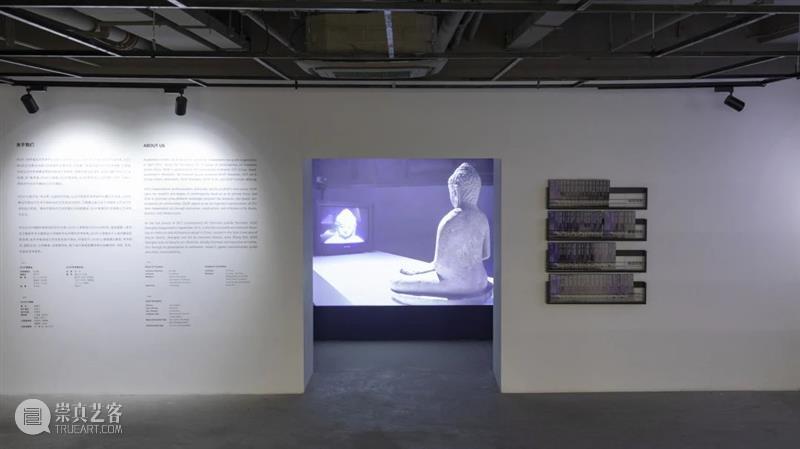
“重新聚焦媒介:东亚录像艺术的兴起”展览现场,2020-2021,OCAT上海馆
Installation view of Refocusing on the Medium: The Rise of East Asia Video Art, 2020-2021, OCAT Shanghai
图片版权 ©OCAT上海馆
Image copyright ©OCAT Shanghai
艺术家简介
About the Artist
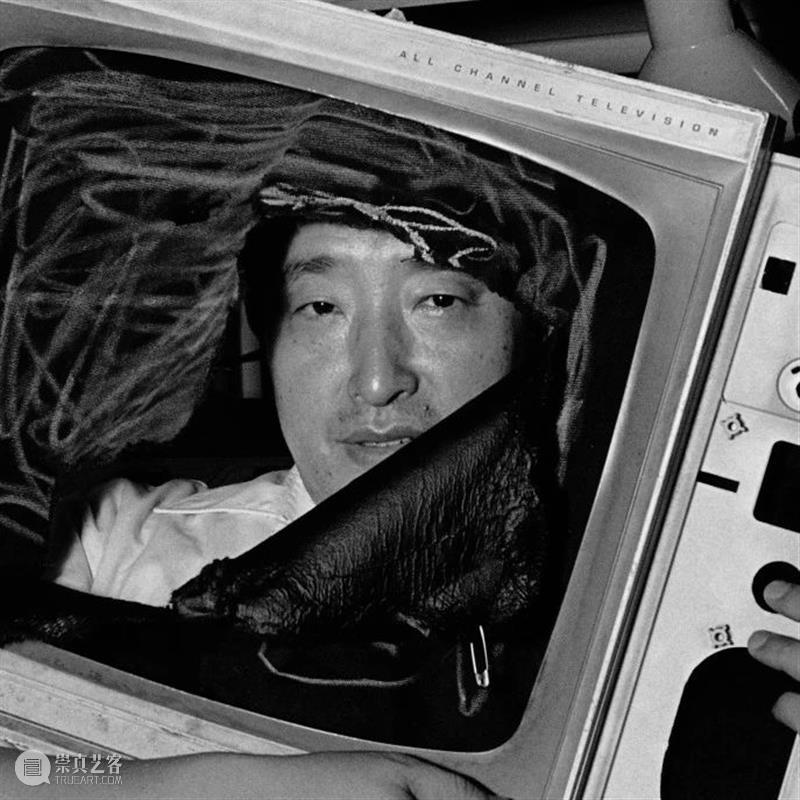
图片致谢白南准
Image courtesy of Nam June Paik
白南准,1932年生于韩国首尔,在首尔和香港度过了他的中学时代,在日本镰仓度过高中时光。他就读于东京大学美学专业,其毕业论文研究阿诺尔德·勋伯格(Arnold Schoenberg)。1956年,白南准移居德国,学习欧洲哲学和现代音乐,并积极展开了与当代前卫艺术家的合作。通过进行完全不同于当时的艺术规范和传统的激进现场表演,白南准塑造了其自身的艺术家身份。后来他又以新媒体为手段,走上一条新的艺术创作道路。他的媒体艺术成为其首次个展“对音乐的说明——电子电视”(Exposition of Music--Electronic Television)的核心,在其中,他将内部电路经过修改和操控的电视机作为艺术作品呈现出来。
白南准是一位极具开拓性的媒体艺术家,他以富有创造性和实验性的方式来处理各种技术。他认为艺术家背负着思考未来的使命,并通过艺术寻求更好的全球交流方式。他被誉为“同时是科学家、哲学家和工程师的新一代艺术家的先驱者之一”、“一个极其特殊的、具有真正的天才和远见卓识的未来学家”。今天,白南准仍然作为“最当代的艺术家”与我们同在。
Nam June Paik was born in Seoul, South Korea in 1932 and spent his middle school days in Seoul and Hong Kong, and his high-school days in Kamakura, Japan. He studied aesthetics in the University of Tokyo, with a graduation thesis on Arnold Schoenberg. Moving to Germany in 1956 and studying European philosophy and modern music, he came to work actively with contemporary avant-garde artists and began to carve out his artist-identity by doing radical performances which were completely different from artistic canons and conventions back then. Afterwards he pursued a novel path of art making by means of new media. His media art gained momentum by his first solo show Exposition of Music-Electronic Television in which he presented televisions with inner circuits modified and manipulated, as a work of art.
Paik is a pioneering media artist working with various technologies in creative and experimental ways. He saw the artist’s role as consisting in thinking about the future and sought for better ways of global communication through art. Regarded as “one of the forerunners of a new breed of artists who are scientists, philosophers and engineers at the same time” and as “a very special and genuine genius and futurologist with foresight” Paik still lives on with us right here as “the most contemporary artist” today.

当前展览
重新聚焦媒介:东亚录像艺术的兴起
展期:2020年12月27日-2021年3月21日
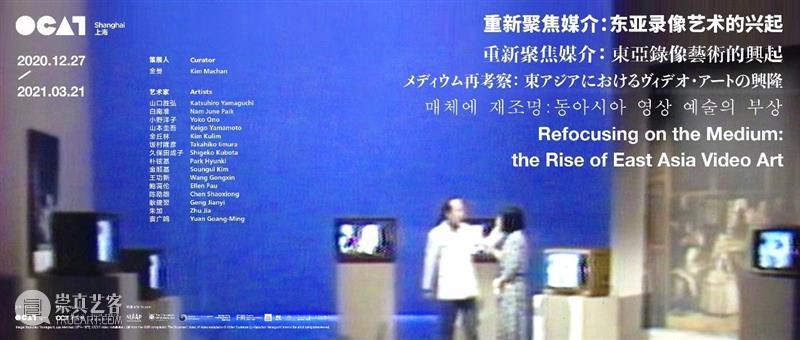
C空间计划 | 廖斐 | 这一切是随机发生的吗?
展期:2021年1月23日-3月28日

征稿启事
扩频Amplifier:OCAT上海馆媒体艺术专号
截稿日期:2021年3月14日
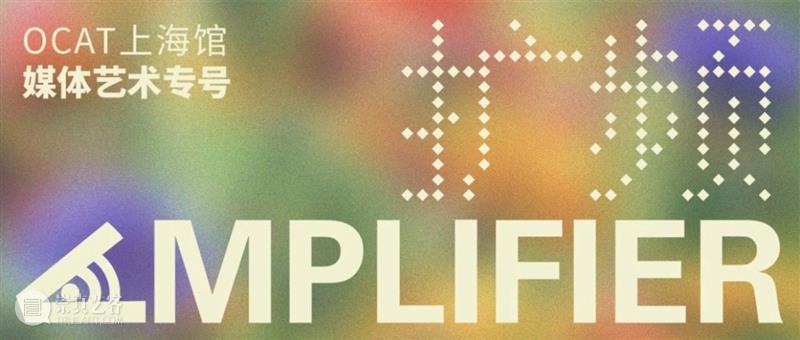
关于OCAT上海馆
参观时间 | Admission Hour
10:00-18:00 周二至周日(周一闭馆)
最后入场时间:17:30
10:00-18:00 from Tuesday to Sunday (Closed on Mondays)
Last Entry 17:30
联系我们 | Contact us
Tel: 021-66085180
Email: ocatshanghai@ocat.org.cn
Weibo: @OCAT上海馆
Instagram: @ocat__shanghai
地址 | Address:
上海市静安区曲阜路9弄下沉庭院,负一层(轨道交通8号线、12号线曲阜路站)
-1F Sunken Garden, Lane 9, Qufu Road, Shanghai (MTR Line 8 & 12 Qufu Road Station)
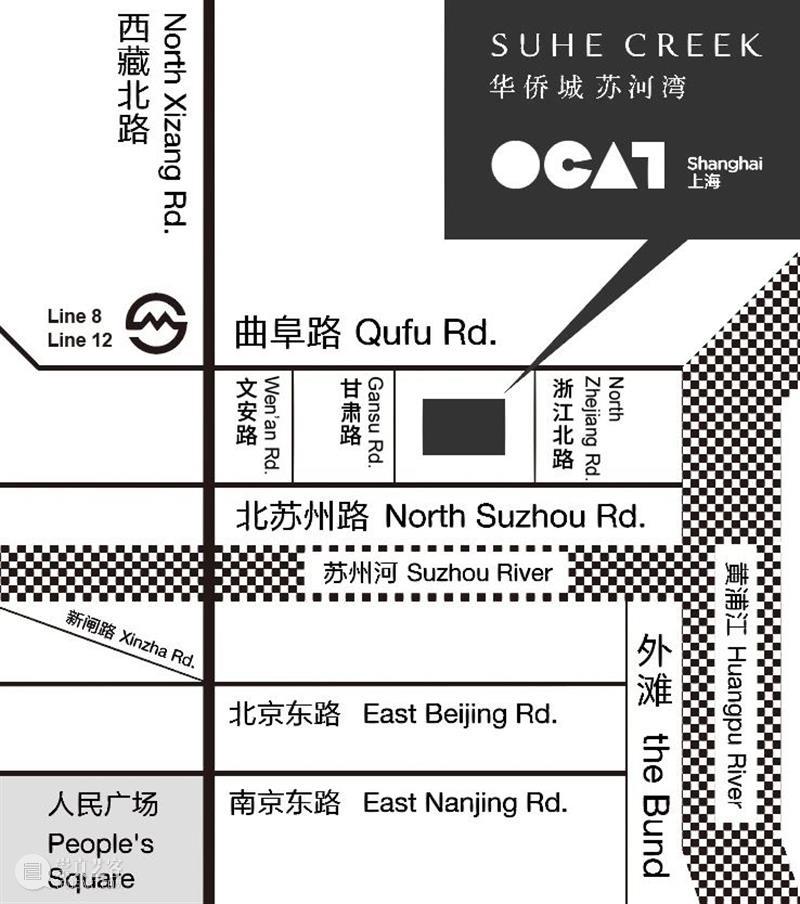


已展示全部
更多功能等你开启...





 分享
分享